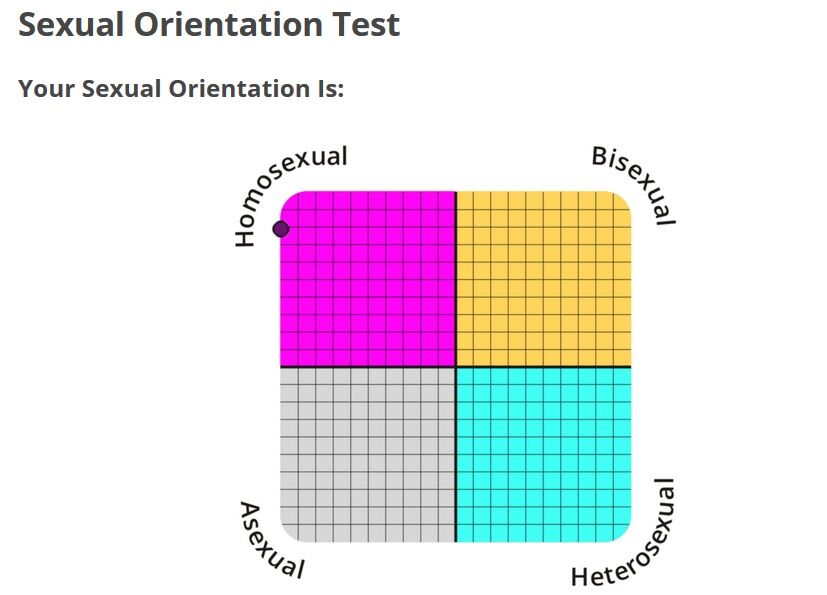


An asexual has little to no sexual attraction to people. Sexual orientation is traditionally defined as including heterosexuality, bisexuality, and homosexuality, while asexuality is considered the fourth category of sexual orientation by some researchers and has been defined as the absence of a traditional sexual orientation. See also: Sexual identity, Human sexual activity, and Situational sexual behavior 5.3 Racism and ethnically relevant supportĭefinitions and distinguishing from sexual identity and behavior General.4.4 The Sell Assessment of Sexual Orientation.
#Kinsey scale test long professional#
2.3 Influences: professional organizations' statements. 1.4 Relationships outside of orientation. 1.3 Gender, transgender, cisgender, and conformance. 1.2 Androphilia, gynephilia and other terms. 1 Definitions and distinguishing from sexual identity and behavior. Sexual orientation is studied primarily within biology, neuroscience, and psychology (including sexology), but it is also a subject area in sociology, history (including social constructionist perspectives), and law. : 8 : 9–10 A person's sexual orientation can be anywhere on a continuum, from exclusive attraction to the opposite sex to exclusive attraction to the same sex. Across cultures, most people are heterosexual, with a minority of people having a homosexual or bisexual orientation. There is no substantive evidence which suggests parenting or early childhood experiences play a role with regard to sexual orientation. There is considerably more evidence supporting nonsocial, biological causes of sexual orientation than social ones, especially for males. Although no single theory on the cause of sexual orientation has yet gained widespread support, scientists favor biologically based theories. Scientists do not know the exact cause of sexual orientation, but they theorize that it is caused by a complex interplay of genetic, hormonal, and environmental influences. Sexual preference may also suggest a degree of voluntary choice, whereas sexual orientation is not a choice. A person who identifies as bisexual, for example, may sexually prefer one sex over the other. The term sexual preference largely overlaps with sexual orientation, but is generally distinguished in psychological research. Androphilia describes sexual attraction to masculinity gynephilia describes the sexual attraction to femininity. Androphilia and gynephilia are terms used in behavioral science to describe sexual orientation as an alternative to a gender binary conceptualization. According to the American Psychological Association, sexual orientation "also refers to a person's sense of identity based on those attractions, related behaviors, and membership in a community of others who share those attractions". For example, people may use other labels, such as pansexual or polysexual, or none at all. 
These categories are aspects of the more nuanced nature of sexual identity and terminology. These attractions are generally subsumed under heterosexuality, homosexuality, and bisexuality, while asexuality (the lack of sexual attraction to others) is sometimes identified as the fourth category. Sexual orientation is an enduring pattern of romantic or sexual attraction (or a combination of these) to persons of the opposite sex or gender, the same sex or gender, or to both sexes or more than one gender.







 0 kommentar(er)
0 kommentar(er)
